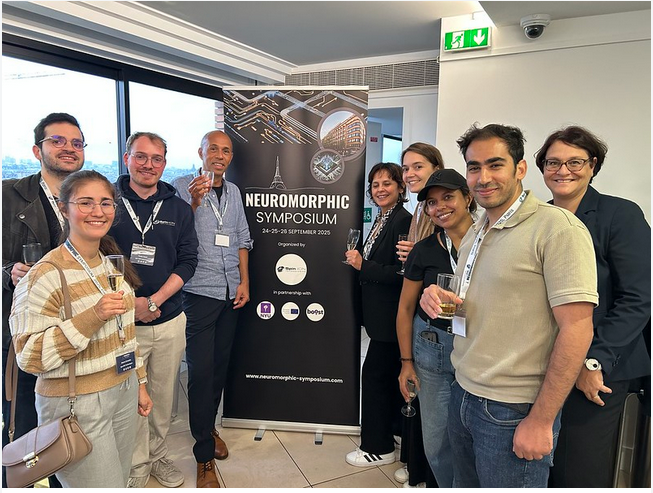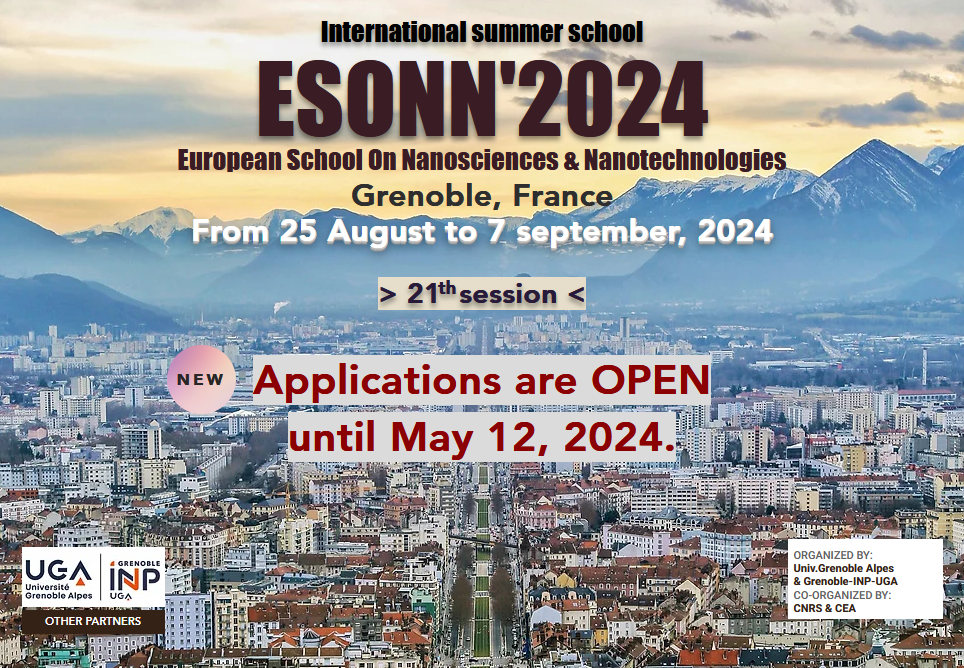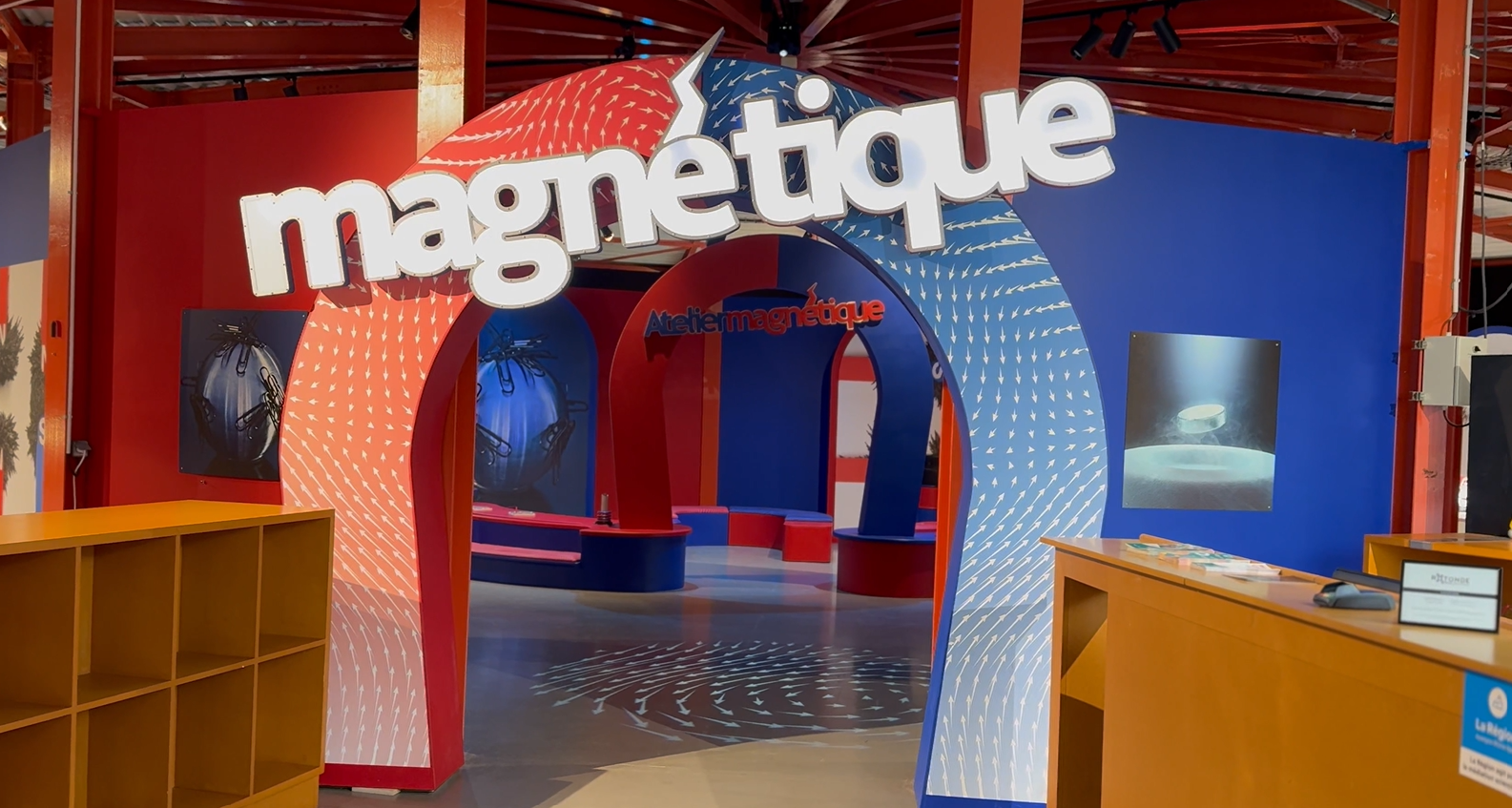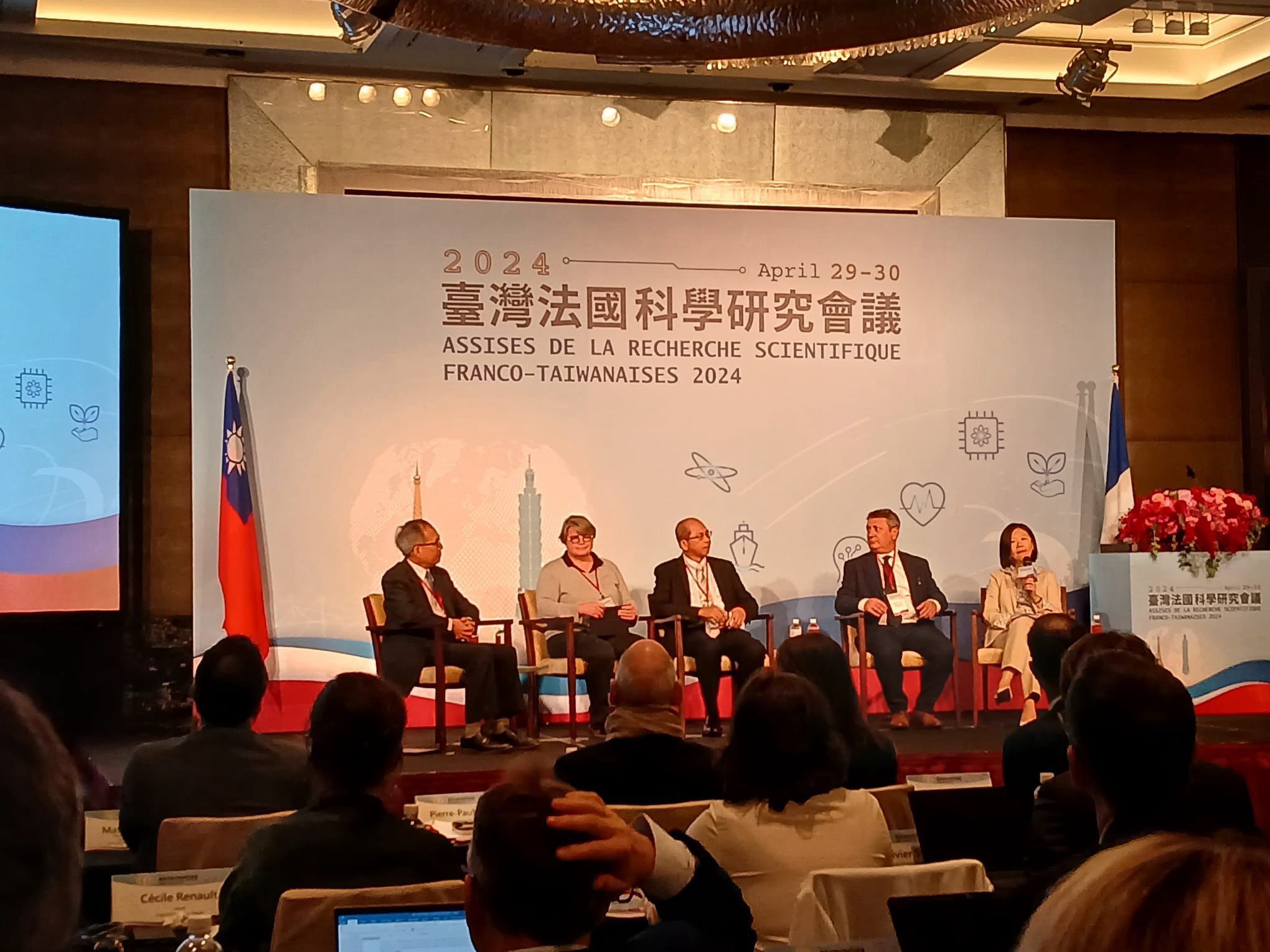Spin-Ion Technologies: when AI takes inspiration from the brain to consume less energy
Spin-Ion Technologies is a deeptech start-up founded in 2017 at the heart of the Paris-Saclay campus. Born out of the CNRS, it is developing a neuromorphic chip inspired by the human brain. Building on a new generation of magnetic memories (MRAM), it combines storage, computing, and learning within a single component. The goal: faster, more adaptable and above all energy-efficient artificial intelligence, set to revolutionize embedded AI, healthcare, robotics, and the connected industry.
Spin-Ion Technologies, for more energy-efficient AI
In the French deeptech landscape, some startups immediately stand out. Spin-Ion Technologies, created in 2017 at the Paris-Saclay campus, is one of them. Spun off from the CNRS and Université Paris-Saclay, this young company quickly transformed academic excellence into tangible innovations for industry. With four co-founders and a small team, the start-up plans to increase its workforce soon to support its growth.
Fundamental research driving industrial solutions
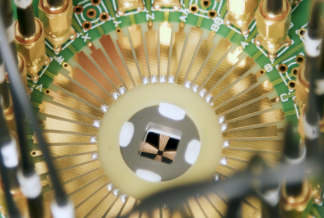
At its inception, Spin-Ion specialized in the processing of ultra-thin magnetic materials. Using a beam of light ions, the start-up’s researchers can modify the atomic structure of these materials. The result: components that are more reliable, more precise, and less energy-hungry than those produced using conventional methods.
This expertise may seem highly technical, but its applications are concrete. The magnetic films processed by Spin-Ion are used to manufacture MRAM (Magnetic Random Access Memory) – a form of non-volatile memory that is faster and more energy-efficient than traditional flash memory – as well as high-precision magnetic sensors.
A brain-inspired chip
Building on this know-how, Spin-Ion has taken a major step forward: developing a neuromorphic chip inspired by the workings of the human brain.
In practical terms, this chip combines:
> Storage and computing on the same component, thanks to MRAM.
> Continuous learning, able to integrate new information without forgetting the previous one.
> Energy efficiency, drastically reducing power consumption compared to conventional chips.
This architecture opens the door to concrete industrial applications: connected devices, robotics, intelligent medical equipment, autonomous factories, and more broadly any system requiring fast and adaptable embedded AI. Very few startups currently specialize in this field.
To complement its hardware expertise, Spin-Ion collaborates with international partners such as Mila Québec, combining hardware and software to develop the next generations of neuromorphic algorithms.
A winner of the i-Lab competition and supported by the European Union, Spin-Ion demonstrates how fundamental research can be transformed into high-impact industrial solutions. Today, the company works with industrial partners and participates in European projects to develop neuromorphic chip demonstrators and prepare their industrialization.
It’s not just about technical innovation, but about preserving the planet’s resources,” emphasizes Corina, co-founder of Spin-Ion. AI must become frugal in order to scale sustainably
A first neuromorphic symposium organized by the start-up
From September 24 to 26, 2025, Spin-Ion organized the first neuromorphic symposium at New York University in Paris, in partnership with NYU and the EIC. The event brought together researchers, engineers, and industry experts to explore the latest advances and future perspectives in neuromorphic computing. Among the keynote speakers, Isabel Obieta Vilallonga, EIC program manager for sustainable semiconductors, outlined the EIC’s strategies, planned investments, and Europe’s role in emerging semiconductor research.
A roundtable titled “From labs to deeptech” brought together startups such as Spin-Ion and Innatera, investors including Atlantic Labs and LIFTT, as well as academic representatives, to discuss the journey from fundamental research to industrial innovation.
